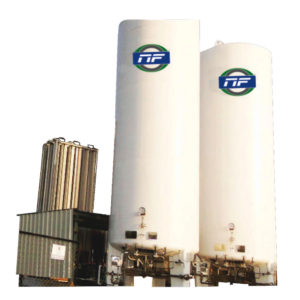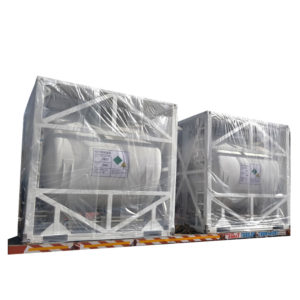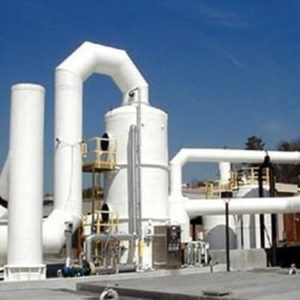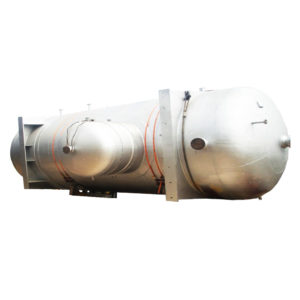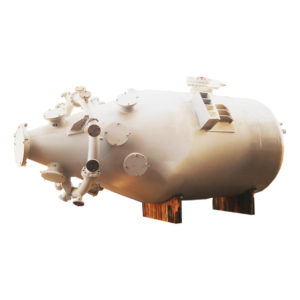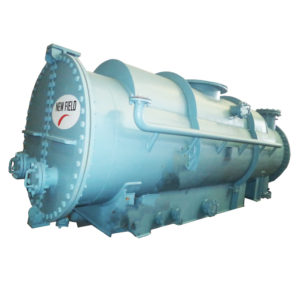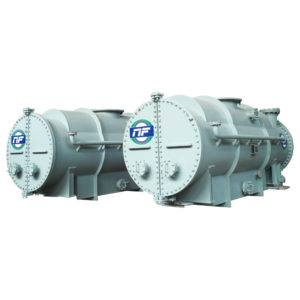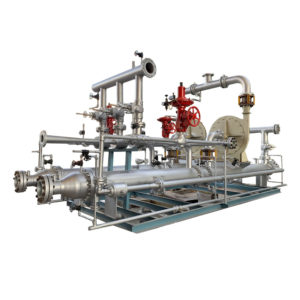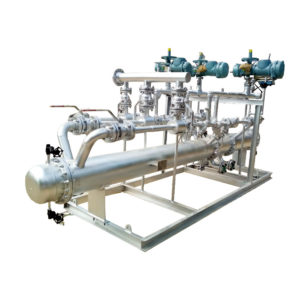Eductors
- To improve heat transfer of surface-type heat exchangers.
- Reduction and control of super heated steam, where excess temperatures will harm the product.
- Use on boilers, either between superheater stages or at boiler exit, to control superheat temperatures at partial loads.
- Use as bypass of bleeder or back pressure turbines to maintain balance between process steam and power requirements.
- Miscellaneous applications where balancing or makeup steam is required in reduced pressure systems in refineries and process plants.
Product Description
Eductors
Application
Desuperheaters reduce steam temperature by bringing superheated steam into direct contact with water. The steam is cooled through the evaporation of the water.
Desuperheaters can be mounted either horizontally or vertically and are normally used for relatively steady load conditions where pressure losses must be minimized. These desuperheaters are a modification of the venturi-type unit. Without the venturi tail, and offer increased turndown when mounted vertically up.
Operation
Water enters the Desuperheater and is preheated in the circulatory chamber around the water diffuser tube. It is then introduced in many small jets to assist final atomization by the steam flow through the center of the throat. After leaving the throat, the mixture of steam and water enters the main steam flow in a fog-like condition where final heat transfer is achieved without contacting the sidewalls—providing maximum desuperheating effectiveness with minimum of pipe wear. Water pressure into the desuperheated should equal steam line pressure.
Performance
While it is less costly and has negligible pressure losses, it normally does not have the range ability of the venturi-type unit. Actual turndown ratio is dependent upon a wide variety of factors. Such as installation, amount of residual superheat downstream. Piping, Etc. Normal flow variation is 75% to 15% of flow.
Although requirements for desuperheaters cover a wide range of applications, the great majority fall into the following standard installations
Power plant requirements for desuperheated steam supplying units having limited operating temperatures such as auxiliaries, heating systems, heat exchangers and, more recently, dump stations.
- To improve heat transfer of surface-type heat exchangers.
- Reduction and control of super heated steam, where excess temperatures will harm the product.
- Use on boilers, either between superheater stages or at boiler exit, to control superheat temperatures at partial loads.
- Use as bypass of bleeder or back pressure turbines to maintain balance between process steam and power requirements.
- Miscellaneous applications where balancing or makeup steam is required in reduced pressure systems in refineries and process plants.
- Equipment can manufactured to various ASME or ANSI codes and or provided with special non-destructive testing. Details on facilities and techniques will be supplied upon request.



